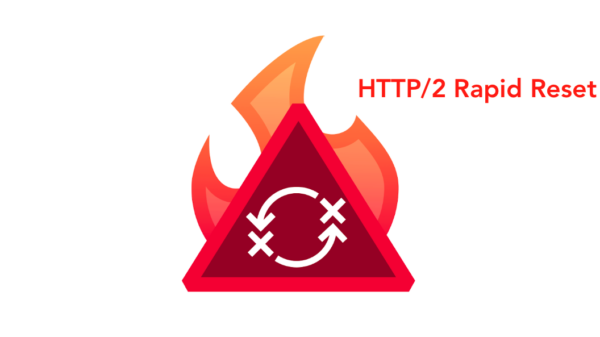Cisco has addressed a critical vulnerability in one of its unified computing solutions and is working on developing patches for products affected by a recently disclosed ASN1C compiler flaw.
The networking giant informed customers on Wednesday that its Unified Computing System (UCS) Performance Manager is plagued by a critical input validation flaw that could allow a remote, authenticated attacker to execute arbitrary commands with root privileges using specially crafted HTTP GET requests. The issue has been assigned the CVE-2016-1374 identifier.
The security hole, reported by Gregory Draperi, affects Cisco UCS Performance Manager versions 2.0.0 and prior, and it has been resolved with the release of version 2.0.1. The company says there is no evidence that the vulnerability has been exploited for malicious purposes.
Cisco has also informed customers that some of its products are impacted by CVE-2016-5080, a flaw identified by researchers in Objective Systems’ ASN1C compiler. The weakness exposes mobile devices, switching equipment and critical infrastructure management systems to remote attacks.
In Cisco’s case, the company has determined that the issue affects its ASR 5000 series routers running StarOS and Virtualized Packet Core (VPC) systems. A remote attacker can cause a denial-of-service (DoS) condition and possibly even execute arbitrary code by submitting a malicious ASN.1 message.
The vulnerability affects Cisco ASR 5000 running StarOS versions 17.x, 18.x, 19.x and 20.x, and VPC versions V18.x, V19.x and V20.x. The company is working on releasing patches – no workarounds are available.
While CVE-2016-5080 is considered a critical flaw, experts pointed out that it’s not easy to exploit.
“To make use of the vulnerability, an attacker would need very specific knowledge of the target device and the ability to insert communications freely into the channel. It would likely take significant effort and resources to achieve an exploit that would reliably open up a telecom system to attack,” Bill Anderson, encryption expert and executive at OptioLabs, told SecurityWeek.
Related: Severe Flaws Found in Cisco Management, Security Products














